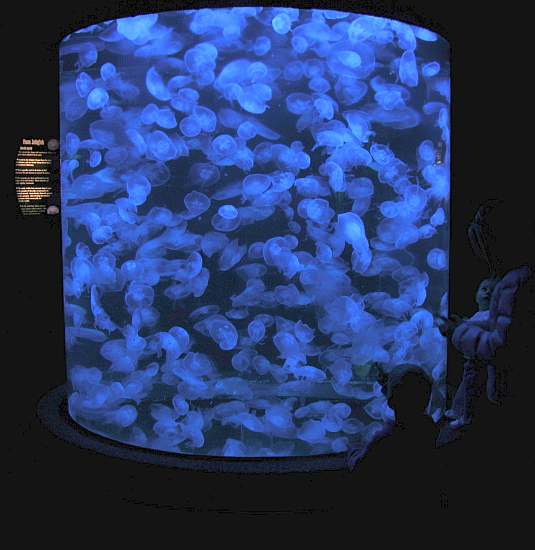An odd scenario, I admit. These are the things I
think of as I stare into empty space. I don’t know who would back this contest
and how it would benefit society, but stupider contests have happened. If
anyone ever ran this contest, I would win.
My entry, you ask? Here it is: “Memes are the
Commedia dell’Arte of our generation”.
I find a flawless perfection to this statement. You
couldn’t ask for something more trivial: memes, the stupid jokes and time
killers of the Internet. And paired with that, Commedia dell’Arte, a sixteenth
century, Italian style of theater. I have never been prouder of a more
worthless achievement.
To break down
my ridiculous sense of accomplishment, Commedia dell’Arte was a style of improvisational
theatre. The company would start with a couple of stock characters: Harlequin, a
childlike acrobat, Brighella, a cowardly, greedy villain, Pedrolino, the
dreamer and clown, and, of course, the lovers. This grew into a whole wide
array of different stock people and scripts. With this set of characters and
ideas, a theatre troupe would improvise stories before a live audience,
changing according to their demands and the whim of the actors.
And how does this relate to memes?
Memes are the modern expression of stories. You take
your stock characters: FU guy, Why U NO, the Troll, Forever Alone, Challenge Accepted,
Okay, Me Gusta, F It Yao Ming, and Jackie Chan WTF. That is just the beginning
of the possibilities.
Then, anyone on the Internet can make a comic strip using
these characters, often relating to their own personal life. The strips break
down modern annoyances, victories, or interesting occurrences. If a comic strip
is too much, you can go to a meme generator and create a joke off of an
accepted meme: Socially Awkward Penguin, Good Guy Greg, Scumbag Steve, Paranoid
Parrot, Condescending Wonka, Philosoraptor, Insanity Wolf, Hipster Kitty, Unhelpful High School Teacher,
Annoying Facebook Girl, Lazy Senior, and Extremely Photogenic Guy. You can make
your own joke, from your own life, and share it anyone. Although you may not
recognize all of these memes from their names, you have definitely seen them,
had them posted on your Facebook, or had them emailed to you.
Memes take these stock characters and let anyone
improvise their own jokes. We only all agree on the basic characters, and then
let each person take it where they will. Then the Internet sorts out what is
good and what isn’t. The updated format of Commedia dell’Arte. The smartest
thing I have ever thought about something trivial.
But I find trivial is too harsh of a world. Though
it may sound overly sappy and too lame to be true, memes have changed me. Memes
have bettered me. I can’t count the number of times I have read a meme and
thought, “Other people do that too!?!?!?!?!?” (my grammar automatically gets
worse when looking at the Internet).
To me, memes are more than jokes; they are about
connecting our small experiences to the larger world. Memes have taught me that
I’m not as awkward as I though. Other people agonize over the things they did
in fourth grade as they’re trying to fall asleep. Other people will take out
their cell phone and pretend to check it when they realize they are walking the
wrong way. Other people do all the stupid, dumb things I do, and they are ok.
Memes give us the latest culture, and though many
can be simply stupid or one time jokes, this form of expression opens us up to
humanity as a whole. I think memes give a truer nature of my generation’s
culture, values, and habits than anything else. Though people may argue about
the validity of the Library of Congress publishing a book of Tweets, I honestly
think anthropologists will look at our memes in 1,000 years to learn of our
everyday lives, habits, and honest actions. 500 years ago Commedia dell’Arte was
just a passing entertainment, as memes are now. It is their connection to human
nature that gives them meaning and allows them to endure.

























